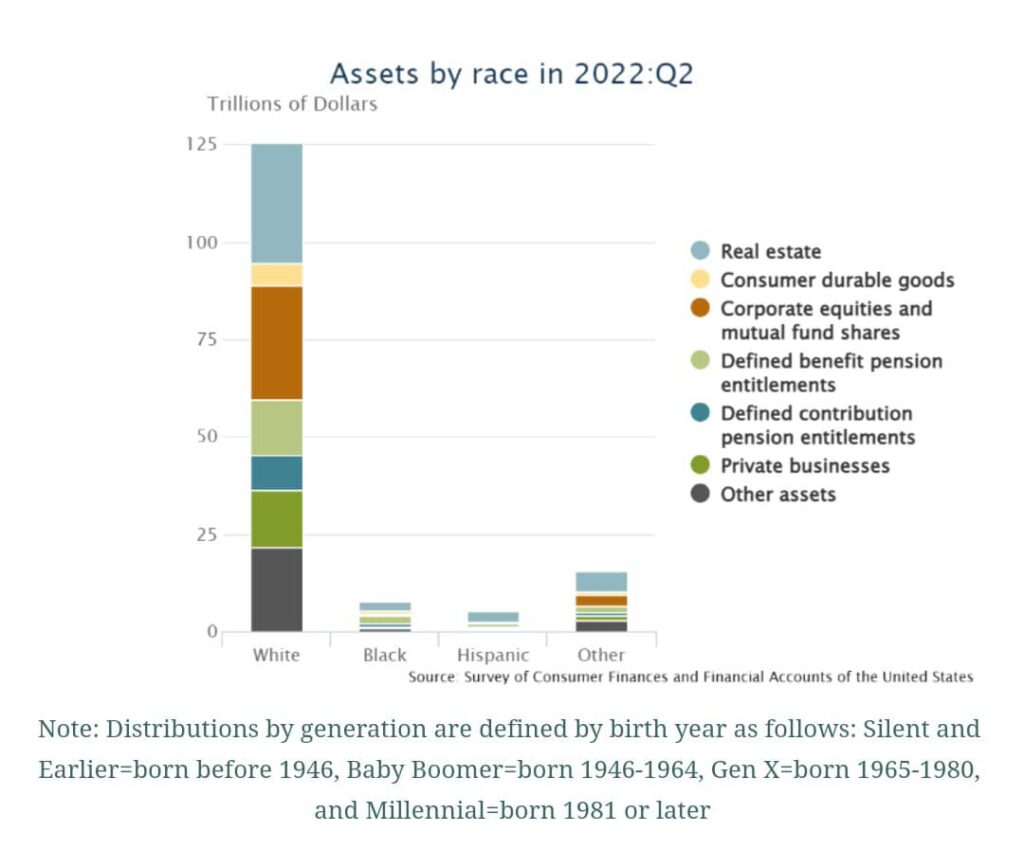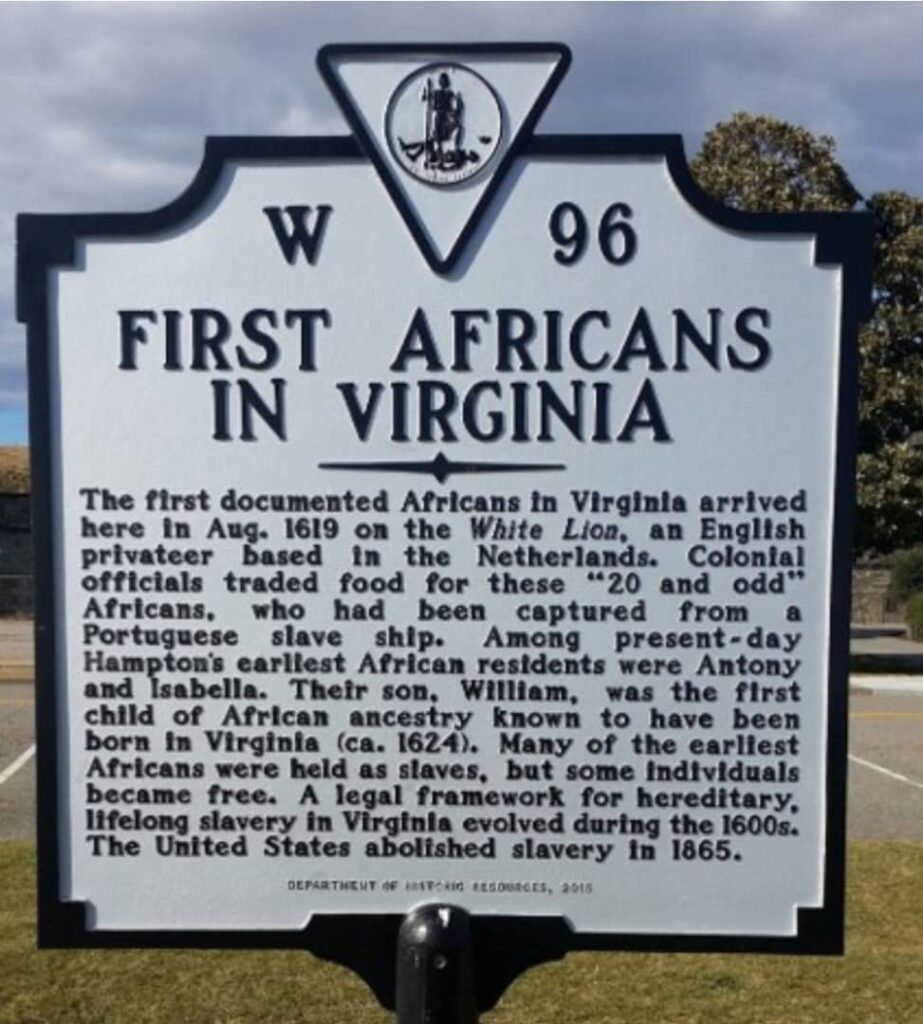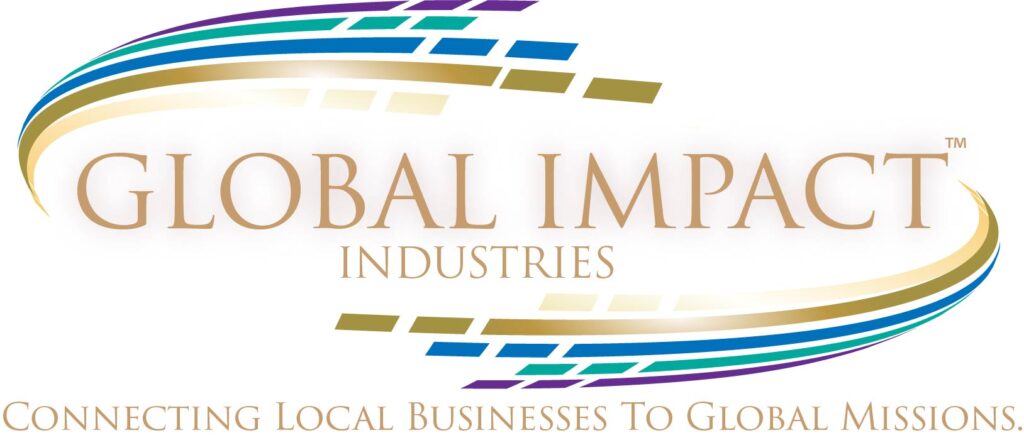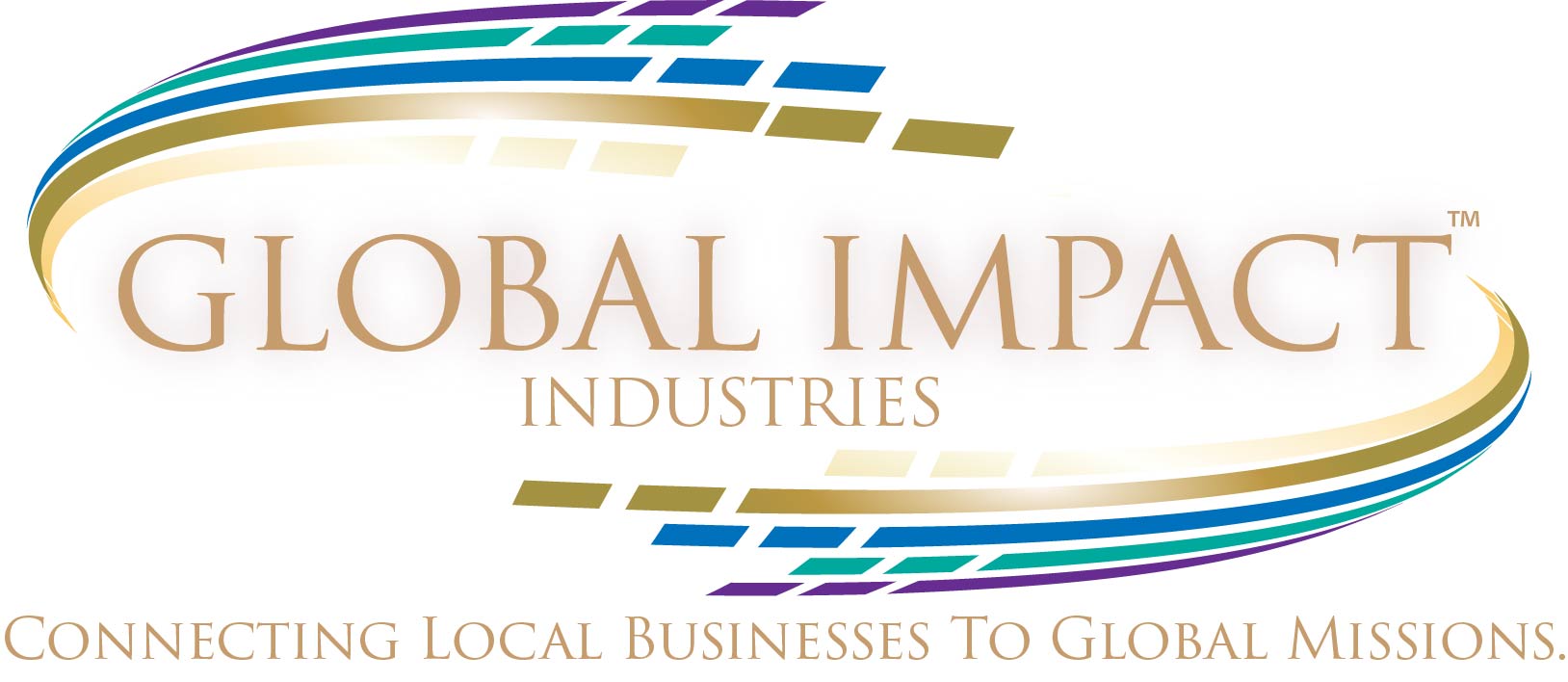
Generational Wealth Among Black People in the U.S.
How to close the Wealth Gap for People of African Descent from a global perspective?
Transformation of wealth is occurring vastly throughout the country, but not respectively with the people of African descent. Covid-19 heightened the realization of the African Diaspora and systemic legacy challenges of what is occurring on a global market scale within the United States, regionally, locally and abroad. According to the Board of Directors for the Federal Reserve System and Consumer Finances and Financial Accounts of the United States, data reported for the year 2022 quarter 2 confirms a total of $135 trillion was made. Wealth by race reflected $112 trillion for whites and $6.21 trillion for blacks. To understand the trend, these ratios make up real estate, consumer durable goods, corporate equities, mutual fund shares, defined benefit pension entitlements, defined contributions from pension entitlements, private businesses, and other assets. There are many causes and reasons for this huge marginal gap prohibiting Blacks from advancing and competing in a global market society.
The privatization market and decision-makers within local municipalities administration, branches of our governments, state agencies conduct business understanding that policies and political comprehensive plans make up how we shape our community and ecosystem. The problem exists with disciplinary silos, jargon that becomes complicated that Black/ African Americans/Africans cannot do it! We need to ensure environmental, social, and corporate governance is executed with effective communication, transparency, and accountability and that there are inclusive opportunities.

When we consider the focus on city and international development we must look at foreign direct investments and how they drive innovation and productivity. Cities are economic powerhouses and generate an increasingly significant proportion of the national GDP. Growing numbers of city leaders are taking – action to reduce their carbon footprints, scale-up renewable energy solutions, harness the digital economy, absorb and protect migrants, and reduce inequality. What is realized through my research is that regional economic integration is the implementation of a multitude of economic and/or political steps by member states to increase their global competitiveness, including preferential trade access. Privatization set the criteria for how communities build and grow boosting national GDP, working in coordinated efforts with elected officials to legislate policies to yield favor with investment, and giving the responsibility to key agencies to administer programs to ensure, technology advance transfers, carbon emissions, migration, and economic sustainable impact.
Understanding Foreign Trade in the U.S. with Colonial Officials and History
The Slave Trade in the United States. What happened in 1619? Approximately, 4,000,000 Africans and their descendants were enslaved in the United States. The slavery that flourished in the U.S. constituted an immoral and inhumane deprivation of life, liberty, our citizens rights were denied, cultural heritage, and the fruits of our very own labor. The institution of slavery included both transatlantic and the domestic trade which existed from 1565 in colonial Florida which was one of the 13 colonies and from 1619 to 1865 within the other 12 colonies that became the U.S. and which included the federal and state governments which constitutional and statutorily supported the institution of slavery.
“As a result, colonies, mainly Virginia and the Carolinas, set about establishing the economic structure that would establish slavery as not only an economic benefit but also one of property. And under English common law, property was a sacred right that governments had limited authority in repressing.” (1 ) Battlefields By Adam E. Zielinski

History of Foreign Trade at the Berlin Conference
- Imperialism: the policy of strengthening a country’s power into an empire through the military and diplomatic domination of other areas of the world into colonies
- 19th c. Western Imperialism is a result of the Industrial Revolution: European nations, using increased military superiority, competed for raw materials to power their mechanized industries and new systems of transportation
- Scramble for Colonies: Rivalries between European countries occur in non-Western territories.
- Main areas for colonization: India and Africa
- Early 1800’s: Britain was dominant overseas trader and empire builder.
- Late 1800’s: Belgium, France, Germany and United States followed with colonial empires
North Carolina played it’s role with transatlantic slave trade
1764 – Slave Trade
The first sale of a slave in Mecklenburg County is officially recorded at the public library. Prices are set in units of British currency, called pounds. The price paid for the African man is 75 pounds. Slaves are given new names by their masters. Some names, such as Joseph and Jacob, come from the Bible. Other names come from literature and history — Romulus, Titus and Daphne. The slaves are not allowed to use their African names.
“The first half of the 19th century saw the start of Mecklenburg County industry — blacksmith forges, brickmaking operations, small textile mills, iron and gold mines. Ambitious entrepreneurs found ways to profit from enslaved labor in all of them. Slaveholders frequently enhanced their income by “hiring out” enslaved workers.” Pamela Grundy, 2021 Journalist
North Carolina was considered as one of the 13th Colonies with a significant and subliminal role with the slave trade. I came across a article by Ambrose published in 1997 slavery in NC era 1748-1775. “The author points out the conditions of the labor and of life cultural autonomy among slaves and colonial America which masters the slaves negotiated unequally among themselves. The author also points out that North Carolina regarded slavery did testify to the severity to the brutality of the system but they did not describe nor did they determine the ways of which masters and slaves lived. They pointed out how slaves who labored hard made the process possible for commercialization of the economy of the state.” ( Ambrose, D. (1997) Slavery in North Carolina, 1748-1775)
I came across another article published by Philip Randolph in 2021 and he points out in his book “Brotherhood of Sleeping Car Porters” who was a union worker back in the 1920’s and he organized a predominate black labor union because Black African American men served white passengers at low labor wage cost compared to white workers. The research points that “this occurring in North Carolina as the first state to instruct its delegates to vote for independence from the British Crown during the continental congress. Then despite no major battles happen in NC they sent most of their recruits to fight for the Confederacy for any other rebel state.” Let’s consider where where we are today.
Federal Reserve Bank
It would be prudent to know the historical context and primary role of the The Federal Reserve System it’s the central bank of the United States. The Federal Reserve was founded by an act of Congress in 1913, the Federal Reserve’s primary purpose was to enhance the stability of the American banking system. The Federal Reserve Act attempted to deal with the “inelastic currency” problem by creating an entirely new currency—the Federal Reserve note—and a mechanism to get those notes quickly into circulation. The Act established a system of Reserve Banks with capital provided by the member commercial banks in their designated territories. The Reserve Banks are technically private corporations “The real truth of the matter is, as you and I know, that a financial element in the larger centers has owned the Government ever since the days of Andrew Jackson.” (FDR letter to Colonel Edward House, Nov. 21, 1933) For people of African descent consumer lending was slim to none and the Federal Reserves data reflects the system lending practices today.
Today it’s overseen by the Board of Governors of the Federal Reserve System comprised of government appointees, and the shareholder rights of the System’s member banks are limited and tightly regulated. They manage the payment systems and monetary policy. The Federal Reserve and the nation had to respond rapidly to the COVID-19 pandemic in 2020 because of the financial market erupted across the U.S.
Charlotte area was brimming with wealth during the Gold Rush, so President Andrew Jackson established a branch of the U.S. Mint in the city, which would eventually spawn the development of a division of the Federal Reserve Bank. The Charlotte Mint would go on to manufacture more than $5 million in gold coins for 24 years. But in 1936, it became what Charlotteans enjoy today as the Mint Museum of Art, the state’s oldest art museum.
Why does this trade history matter today in Charlotte, NC region?
Charlotte Regional Business Alliance data reports most of their GDP occurs in Western Europe and North America this is driven by private developers working in collaboration with branches of government to drive foreign direct investments, regional industry alignment, and investment opportunities.
Out of 195 countries in the world, Charlotte, North Carolina region reports trades with 42 countries working with 1022 businesses. FDI action is happening with Germany, UK, France, Australia, Canada, Denmark, China, Japan, India, Ireland, Sweden, Spain, Italy, Switzerland and the Netherlands. Only South Africa represents the country with Charlotte region working with 3 businesses and none of them are black-owned businesses while we can consider that Africa has 54 countries. Gentrification occurs through market inflation giving the bias of cross-border trade that is present throughout the U.S. communities of color and plagued with high unemployment rates, incarceration, recidivism, and an educational system that has failed to meet the needs of those in these underserved markets. Since 1914 after the Berlin conference the same recorded geographical markets who planned to divide and conquer are still booming with FDI, technology transfers advancement and import/export activities. The wealth gap and disparities between families of different racial and ethnic groups have been longstanding experiences within Black communities.
How does the data play out in target locations regional-wide involving Blacks/African Americans/Africans? Why does investing in people and places matter? The power of local data can measure the environment with emotional thoughts, activities, and inspiration. Look at data sometimes we miss. How good are our neighboring community’s health conditions?
Mecklenburg county exhibits low upward income mobility. The average income in adulthood for children from low-income families (7th percentile), and low economic connectedness (current income) (25th percentile), compared to the country as a whole according to the Opportunity Insights Social Capital Atlas, determinants of economic connectedness the data is based on exposure and friending bias with clustering networks. The black-white gap is not immutable. It is shaped by childhood environment. (Raj Chetty et. al, 2022)
Rep. Sheila Jackson (TX) Commission to study and address Reparations
Now that we understand the slave trade history in 1619 and the role that North Carolina played in the slave trade. Let us look at the commissions to study and address reparations H.R. 40 legislative bill that was introduced by House Judiciary Rep. Sheila Jackson Lee of the state of TX on January 4, 2021. This bill was to address the fundamental injustice, cruelty, brutality and inhumanity of slavery in the U.S. and the 13th American colonies between 1619 and 1865. Also to establish a commission to study and national apology in proposal for reparations for the institution of slavery it’s subsequence dejour and defacto ratio and economic discrimination against African Americans and the impact of these forces on living African Americans to make recommendations on the congress for appropriate remedies and for other purposes. This bill also pointed out the ongoing effects of the institution of slavery and its legacy of persistent systematic structures of discrimination on living African Americans in society in U.S. today. It highlights the Jim Crow Laws still being in existence with redlining, unequal education and disproportionate treatment of African Americans in the criminal justice system.
This tells us that over the 4M Africans and our descendants that were traded over were considered as gross domestic product. We were considered as someone that would go through a procurement process as a product or service and purchased and acquired as a piece of property in interstate and intrastate commerce. Now if we look at the system and structures that was put in place for a nation of people. Let’s just look at how we can consider pathways of to change the narrative moving forward. We need to consider inclusive globalization and moving FDI, trade sales and investments in areas where we can address the social determinants of health. We have an opportunity to create a safe space for marginalized citizens to build, scale, and grow. It is possible to establish R&D innovation tech hubs to meet the people right where they are, bridge resources and remove the trade barriers and establish a communication system that will affect our humanity directly.
Inclusive Globalization with Sub-Saharan Africa
It’s time to restore health and wealth in the community through a global market economy. We recognized during and post Covid-19 the need to measure data for quality education, healthcare and economic stability. We need real-time initiatives that are fresh and critically a component to help change the trajectories for underserved communities. Recognize by prioritizing the needs for the most vulnerable well-being and explore creating a built-in environment as other communities have sustainable infrastructure in place where one could live, work, play, eat, learn, trade and travel. It is imperative that we create global and civic awareness in the 21st Century and raise higher standards for our youth and families. If our democracy declines that’s bad for our community, country and globally.
Educational Institutions should become a strong link at bridging quality education and economic stability. Work with entrepreneurs who have objectives to become a service provider working with the local branches of government to establish a data tracking system, leverage the power of data to address health equity with city stakeholders to help make better socio-economic policies, and decisions, but also shift from data to action and design capital projects to share and learn why we matter to one another through a social and economic construct.
We must ignite hope that we as a country can go beyond the “property lensed”, set boundaries around public housing, and live outside boundaries to expose our youth and small business leaders to an opportunity to compete from a global level. Can you imagine a direct flight to Africa from the Carolinas? Ever wondered why this is a challenge although it exists in other U.S. regional markets like Atlanta, GA. In both North Carolina and South Carolina, the states have 8 sister cities agreement, this tells me a heavy dense population people of African descent travels back to the continent of Africa through connecting flights. This is not only based on the immigrants that travel to the Carolinas, truly the global diaspora seeks to travel to the motherland and expand their business opportunities. The AfCFTA agreement is a key mechanism in place now to help strengthen global economic and workforce development pathways to help accelerate the implementation of trade and investments to boost international development with sub-Saharan Africa.
The problem with this is navigating the tertiary systems, black owned businesses lack the necessary resource support to innovate, and data track their business operations on so many levels. I consider the branches of government clearly now operating as private sector entities working in the name of state agencies but are lacking the intentions to budget and hire consultants to recruit for businesses to drive FDI, imports and exports from Africa. There are ways to create an inclusive regional integrated model that would sustain a global emerging market economy working with the continent of Africa and considering U.S. Africa foreign policies that are in place. Emerging technologies have proven success formulas on how to develop Smart Cities in global markets. It was a site to see at the Global Expo 2020 in Dubai October 2021 attending an Investment Conference for Sierra Leone!
Global System Interventions and Regional Integration
Many of the nation’s cities and state leaders have some neighborhoods where market forces are not working to sustain the neighborhood, and as a result, the physical infrastructure is deteriorating or becoming obsolete. As the central banking system of the U.S., the Federal Reserve sets financial policy and bank-industry regulations that ultimately affect every American. The primary goal should be to flush out the institutional bureaucracy, embrace digital currency like China, speed up the central banking regulatory requirements to govern commercialization, and educate and promote community development that paves a pathway forward of inclusivity and equality from a global perspective. Recognize prioritizing the needs for the most vulnerable well-being and desired to explore creating a built-in environment as other communities have sustainable infrastructure in place where one could live, work, play, eat, learn, trade and travel.
People of African descent need to be on the frontline promoting the advancement of globalization opportunities where every local municipality in America fosters cultural relations with Africa and engages commissions to study and develop reparations proposals, promote advocacy and global awareness with the Whitehouse U.S.A.-Africa division of Foreign Policy and Strategies. It will be important to provide an assessment tool for state and local government, port authority operations, stakeholders, and communities that are underserved to provide a revolutionary innovation system structure that ensures intentions are good at capturing aggregate real-time data. There is a need for inclusive engagement, success base program education that connects with black-owned businesses, technology, arts & culture, healthcare, entrepreneurship, and ecosystems that are formalized for the greater good of the global citizen and community.
The evolution of regional integration and the process of allowing efficient geographic distribution of business activities within and among countries will create benefits and costs associations to any city. “Regional integration helps countries—especially small and medium-sized countries—scale up their supply capacity through regional production networks and become more globally competitive. This development could take place through sector-wide transformations in agriculture, manufacturing, and services. Compensate the less fortunate.” (Gasper et.al, 2013) It’s all about being intentional on creating generational transformative wealth opportunities. Let’s start with place-based analytics of human health and explore GAP ratio in areas of behavior health support, entrepreneurship/ workforce development, and community advocacy.
While Charlotte is a growing city in the regional market it can become a major competitor for any market by eliminating cross border trade bias. A great avenue to consider is aligning with the Prosper Africa initiative to increase cross-border flow with African Growth Opportunity Act and manufacturing resources while bridging cultural education exchange and workforce development that ultimately opens doors for robust entrepreneurship development. Additional strategies should align with African Union Agenda 2063 and UN Agenda 2030, sustainability development goals. To establish a more common ground with how we build with U.S./Africa Foreign Policy and strategies. There are agencies in place to help mitigate risk and provide insurances to how we integrate. We have proven success formulas and best management practices that can be equally executed on the continent to create more opportunity for generational wealth. The cost is in evitable.
Benefits
Creating a larger pool of consumers with growing incomes and similar culture, tastes, and social values.
Encouraging economies of scale in production, increasing the region’s level of global competitiveness, and enhancing economic growth through investment flows.
Freeing the flow of capital, labor, and technology to the most productive areas in the region.
Increasing cooperation, peace, and security among countries in the region.
Encouraging member states to enhance their social welfare to match that of the most progressive states.
References:
Nikole Hannah-Jones, The 1619 Project, The New Times Magazine
Ambrose, D. (1997). Slavery in North Carolina, 1748-1775
Philip Randolph, (2021) History Publisher A&E Television Networks
Rep. Jackson Lee, Sheila [D-TX-18] (Introduced 01/04/2021) serves House Judiciary Committee
The Fed – Comparison: Compare Wealth Components across Groups (federalreserve.gov)
Battlefields By Adam E. Zielinski
Introduction to Global Business: Understanding the International Environment & Global Business 1st Edition, Gasper et. al (2013)

